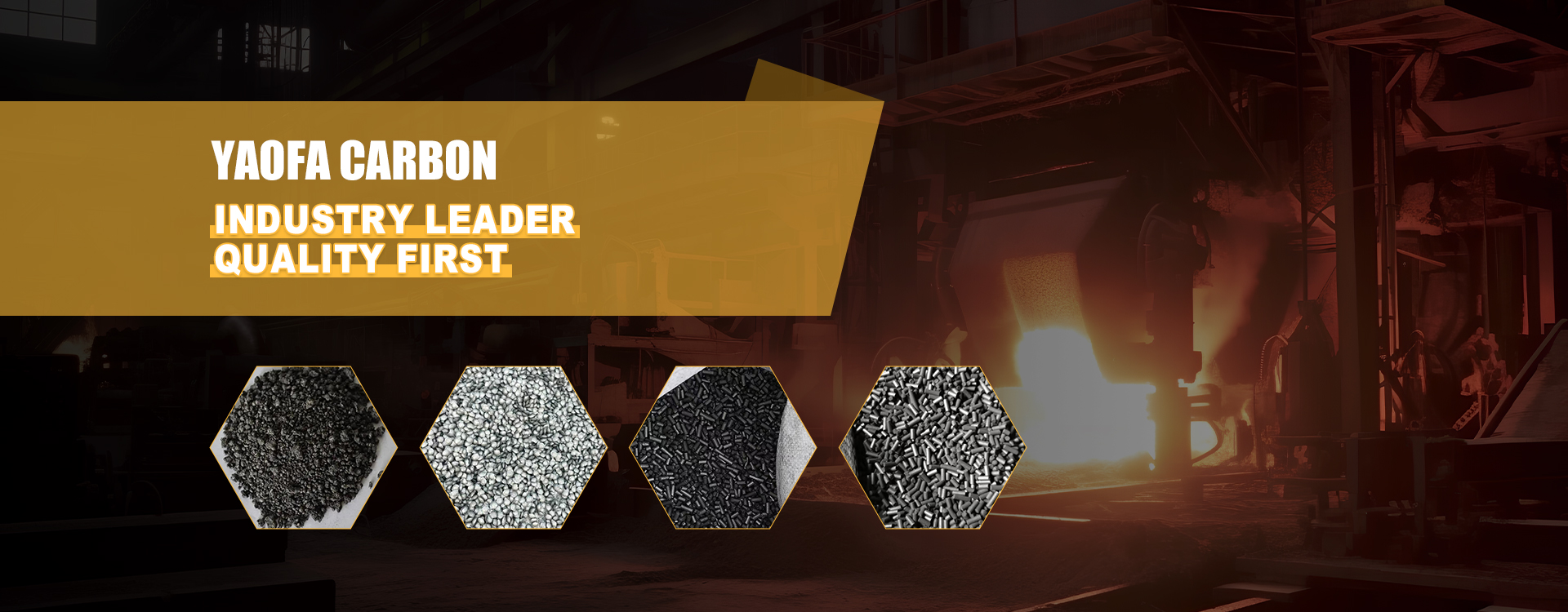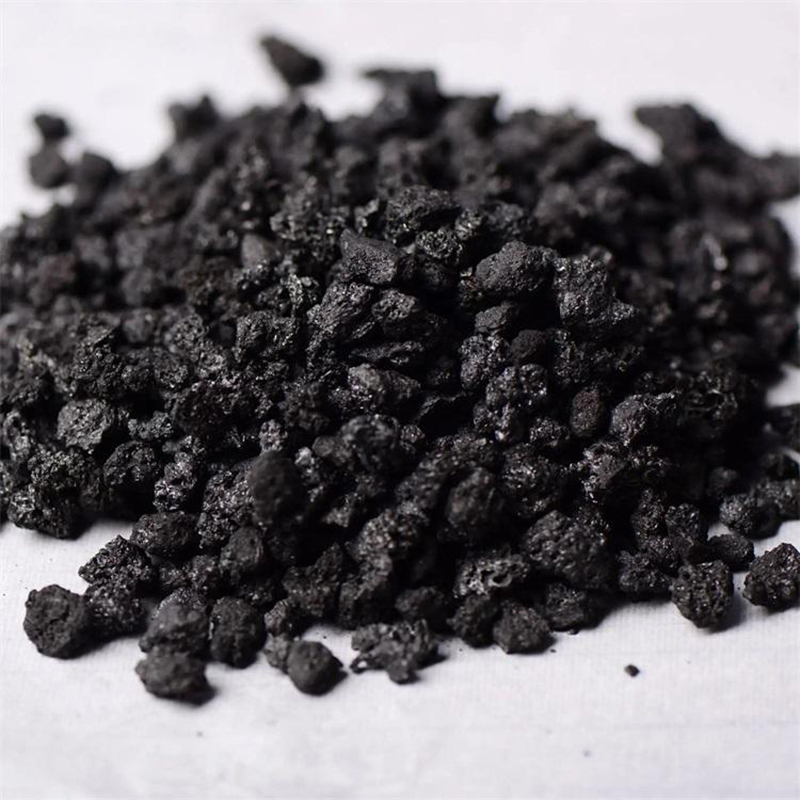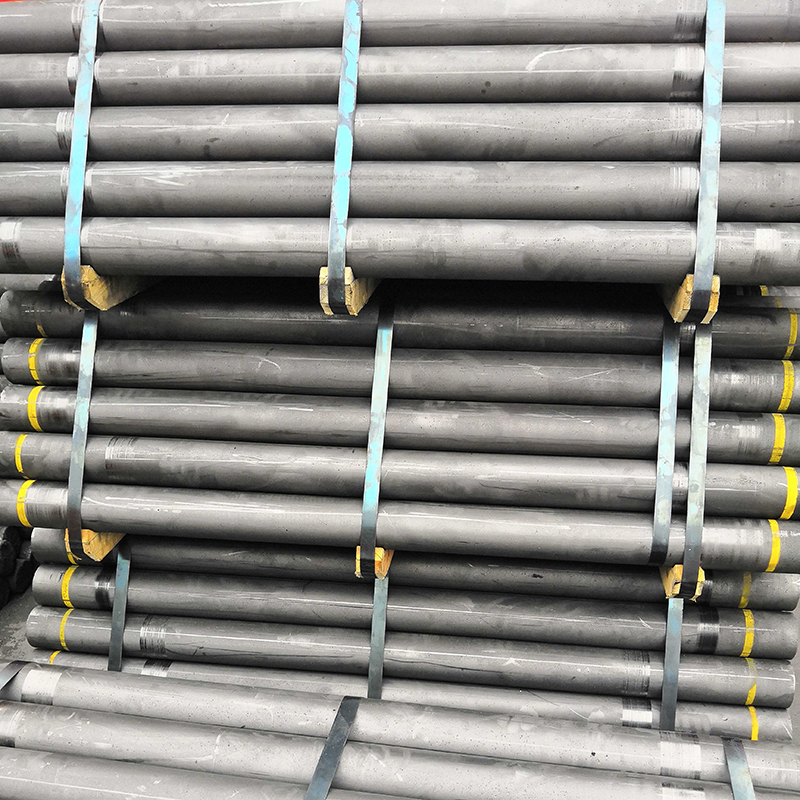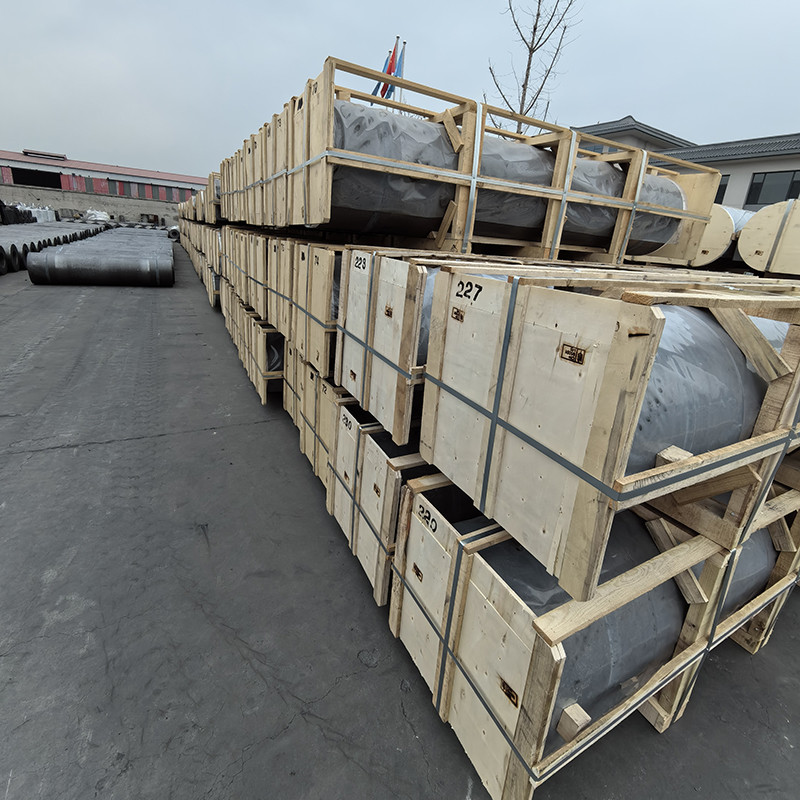- Chinese
- French
- German
- Portuguese
- Spanish
- Russian
- Japanese
- Korean
- Arabic
- Irish
- Greek
- Turkish
- Italian
- Danish
- Romanian
- Indonesian
- Czech
- Afrikaans
- Swedish
- Polish
- Basque
- Catalan
- Esperanto
- Hindi
- Lao
- Albanian
- Amharic
- Armenian
- Azerbaijani
- Belarusian
- Bengali
- Bosnian
- Bulgarian
- Cebuano
- Chichewa
- Corsican
- Croatian
- Dutch
- Estonian
- Filipino
- Finnish
- Frisian
- Galician
- Georgian
- Gujarati
- Haitian
- Hausa
- Hawaiian
- Hebrew
- Hmong
- Hungarian
- Icelandic
- Igbo
- Javanese
- Kannada
- Kazakh
- Khmer
- Kurdish
- Kyrgyz
- Latin
- Latvian
- Lithuanian
- Luxembou..
- Macedonian
- Malagasy
- Malay
- Malayalam
- Maltese
- Maori
- Marathi
- Mongolian
- Burmese
- Nepali
- Norwegian
- Pashto
- Persian
- Punjabi
- Serbian
- Sesotho
- Sinhala
- Slovak
- Slovenian
- Somali
- Samoan
- Scots Gaelic
- Shona
- Sindhi
- Sundanese
- Swahili
- Tajik
- Tamil
- Telugu
- Thai
- Ukrainian
- Urdu
- Uzbek
- Vietnamese
- Welsh
- Xhosa
- Yiddish
- Yoruba
- Zulu
- Kinyarwanda
- Tatar
- Oriya
- Turkmen
- Uyghur

graphite crucible in microwave Manufacturer
Understanding Graphite Crucibles in Microwave Manufacturing
Graphite crucibles, especially when used in microwave applications, can be somewhat elusive for those not neck-deep in the field. It's a common misconception that any graphite crucible can be thrown into a microwave setup, but I’ve found through personal experience that this is a surefire way to invite disaster. Let’s disabuse some of these notions and dig into the nitty-gritty of what really matters when dealing with graphite in this context.
The Essentials of Graphite Crucibles
Graphite crucibles are indispensable in high-temperature environments due to their durability and heat resistance. While working with Hebei Yaofa Carbon Co., Ltd., I've seen firsthand the meticulous care it takes to produce quality graphite materials. Not all crucibles are created equal, particularly for microwave applications. The specifics of microwave energy interaction with graphite are subtle and require engineered precision.
An important aspect is the purity of the graphite. Low ash content in the material is key, as impurities can cause hotspots and uneven heating. Hebei Yaofa Carbon Co., Ltd. prides itself on producing carbon materials with low impurity levels, which is crucial when you're generating heat using microwave technology.
There’s also the matter of the crucible’s size and shape. In a microwave furnace, these variables affect the distribution of electromagnetic waves, thereby influencing the efficiency of the heating process. It’s a lesson learned through trials that one size doesn’t fit all, especially in high-stakes manufacturing environments.
Challenges and Considerations
When introducing graphite crucibles into a microwave setup, there are unexpected challenges. For instance, you might think that all carbon materials behave similarly under microwaves. From experience, I can tell you the opposite is true. Different grades, like UHP, HP, and RP, which are produced by Hebei Yaofa, have distinct responses to microwaves.
There's also the thermal shock factor. A friend once assumed thermal shock resistance was a given—it's not. Experimentation taught us that although graphite has excellent thermal shock properties, rapid heating in a microwave can sometimes lead to cracking when combined with impurities.
As with any application utilizing high temperatures, safety cannot be overstated. Adequate ventilation, protective equipment, and proper training are necessary precautions. These may seem like basics, but overlooking them is more common than one might expect.
Real-World Applications
In my work with Hebei Yaofa Carbon Co., Ltd. (https://www.yaofatansu.com), we’re exploring a range of applications, from metallurgy to the burgeoning field of silicon production. Each demands specific characteristics from graphite crucibles, proving there’s a complex art to pairing the right crucible with the right process.
For instance, in metallurgical processes, the stability of the crucible at extreme temperatures is paramount. Graphite with optimal thermal conductivity and minimal expansion rates is selected diligently. These are insights often gleaned from unforeseen hurdles rather than textbooks.
Understanding these subtleties ensures efficiency and, crucially, consistency in production outcomes. It’s about finding a balance between theoretical understanding and hands-on troubleshooting—something that a company with over 20 years of experience like Hebei Yaofa excels at providing.
The Manufacturing Edge
One might wonder, why not just go with any available graphite crucible? Well, turning to a seasoned manufacturer like Hebei Yaofa Carbon Co., Ltd. can dramatically alter outcomes. Over the years, they’ve refined production techniques, ensuring that everything from carbon additives to high-grade electrodes meet rigorous standards.
Manufacturers with deep domain expertise, access to quality resources, and refined processes significantly minimize risks. This is particularly true when precision is key, such as in microwave applications where a small mistake can lead to catastrophic failures.
Their knowledge allows for an economy of scale—leveraging cost-effective solutions without sacrificing quality. It’s these nuanced advantages that often go unnoticed but make a massive difference over time.
Future Directions
Looking ahead, as technologies evolve, the demand for more specialized graphite crucibles in microwave applications will only grow. Personally, I see the potential in cross-disciplinary innovations. The intersection of material science and manufacturing technology is a field ripe with possibilities.
For Hebei Yaofa Carbon Co., Ltd., staying on the cutting edge involves constant research and development. They’re not just suppliers but partners in innovation. Being open to new methodologies and applications keeps them, and by extension their clients, ahead in an ever-competitive field.
Ultimately, knowing not just what to use, but why to use it, becomes invaluable. Expertise, after all, is about asking the right questions and being open to getting your hands dirty, adapting and learning along the journey.
Related products
Related products
Best selling products
Best selling productsRelated search
Related search- graphite electrode price per kg Manufacturer
- Buy coal tar made from
- digital signage technologies
- rp graphite electrode 200mm suppliers
- China use of graphite electrodes in steel making
- graphite crucibles suppliers
- hp 100mm graphite electrode Manufacturer
- China large flake graphite
- electrode powder price
- outdoor digital signage for business













